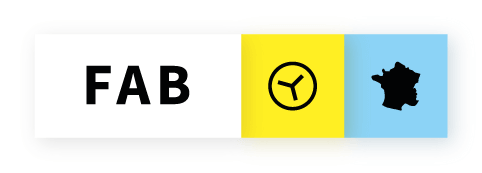Special features:
- Rotor: hubless, in-wheel (without drive chain)
- Motor: Electro-magnetic (axial flux PMSM)
- Driving: Gyroscope-based handlebar
- Driving wheels: 2 hubless
The eDI vehicle is a revolutionary concept designed to address several challenges arising from the unique physical nature of diwheels. It utilizes advanced materials, cutting-edge technology, and innovative design to achieve optimal performance, efficiency, and sustainability. Below is a detailed description of key components, materials, and their status:
Concept Overview:
- Driving Configuration: eDI is a diwheel, which means it has two large driving wheels arranged side by side.
- Rotor: The vehicle features hubless, in-wheel rotors, eliminating the need for a traditional drive chain. This design choice significantly reduces the number of components and ensures a more streamlined and efficient power transfer.
Power and Propulsion:
- Motor: eDI is equipped with electromagnetic motors that utilize axial flux Permanent Magnet Synchronous Motor (PMSM) technology. This type of motor offers exceptional power and efficiency.
- Peak Power/Engine: Each engine delivers a remarkable 14.7 kW of peak power, enabling efficient and powerful propulsion.
- Peak Torque/Engine: The motors generate a peak torque of 272 Nm, ensuring robust performance.
Energy Storage:
- Battery: eDI employs a 3.2V lithium iron phosphate battery with a capacity of 12 kWh. This high-capacity battery provides a substantial range while maintaining energy efficiency.
- Range: The vehicle offers an impressive range of 150 km on a single charge, making it suitable for a variety of commuting needs.
- Consumption: With a consumption rate of only 80 Wh per kilometer, eDI is exceptionally energy-efficient.
Braking System:
- Brake Type: The vehicle features a disc brake system to ensure effective and responsive braking.
Handling and Control:
- Driving: eDI is controlled through a gyroscopic-based handlebar system, providing intuitive and stable maneuverability.
- Max Speed: The vehicle has a maximum speed of 80 km/h, making it suitable for urban and suburban travel.
Materials and Environmental Considerations:
- Zirconium Oxide (ZrO2): Zirconium oxide is used for bearing balls due to its non-magnetic properties, low magnetic permeability, and high resistance to corrosion, abrasion, and repetitive impact stress. It ensures durability and longevity in critical components of the vehicle.
- Polycarbonate: The vehicle features optically transparent polycarbonate for its semi-cylindrical windscreen. This material has a fracture toughness of 3 MPa√m, is easily molded and thermoformed, and serves as a lightweight, shatter-resistant alternative to traditional glass.
- Teflon: Teflon is utilized to minimize friction and insulate the air gap within the motor. It boasts a low coefficient of friction, outstanding chemical resistance, and excellent electrical insulating properties. This material reduces energy loss and ensures efficient operation.
eDI's design and materials selection focus on sustainability, efficiency, and performance. While specific details about the know-how and intellectual property are not disclosed due to protection, the vehicle embraces environmentally friendly principles and advanced technologies to meet the challenges of diwheels, making it a promising concept for the future of urban transportation.
Fichier Véhicule (AAP Ideation) : Fichier Véhicule (AAP Proto) : eDI_prototype - Technical.pdf Fichier associé au guide de montage : Lien vers un espace de stockage des fichiers 3D : Partenaire impliqué (industriel, fablab, labo...) :


 Français
Français English
English Italiano
Italiano